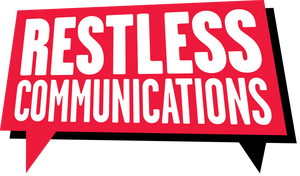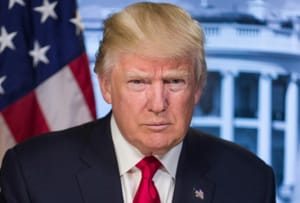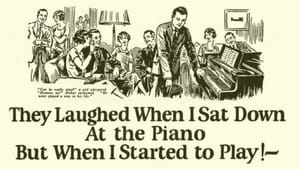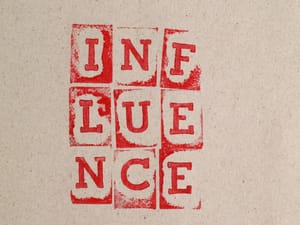Whenever you are writing a speech, your goal is to make people think or act differently as a result of hearing it.
And, if you care about persuasion, the 45th President's 2025 inaugural address is a masterclass in structure and cadence.
Set the politics aside: the form works.
President Trump opens with gratitude, stakes a prophecy of “a golden age”, names villains and rolls out day-one actions with a clear timeline of next steps.
He closes with chantable, three-beat lines (“We will… We will… We will…”).
It’s a speech designed for emotion first and reason second, which is how people actually process political messages.
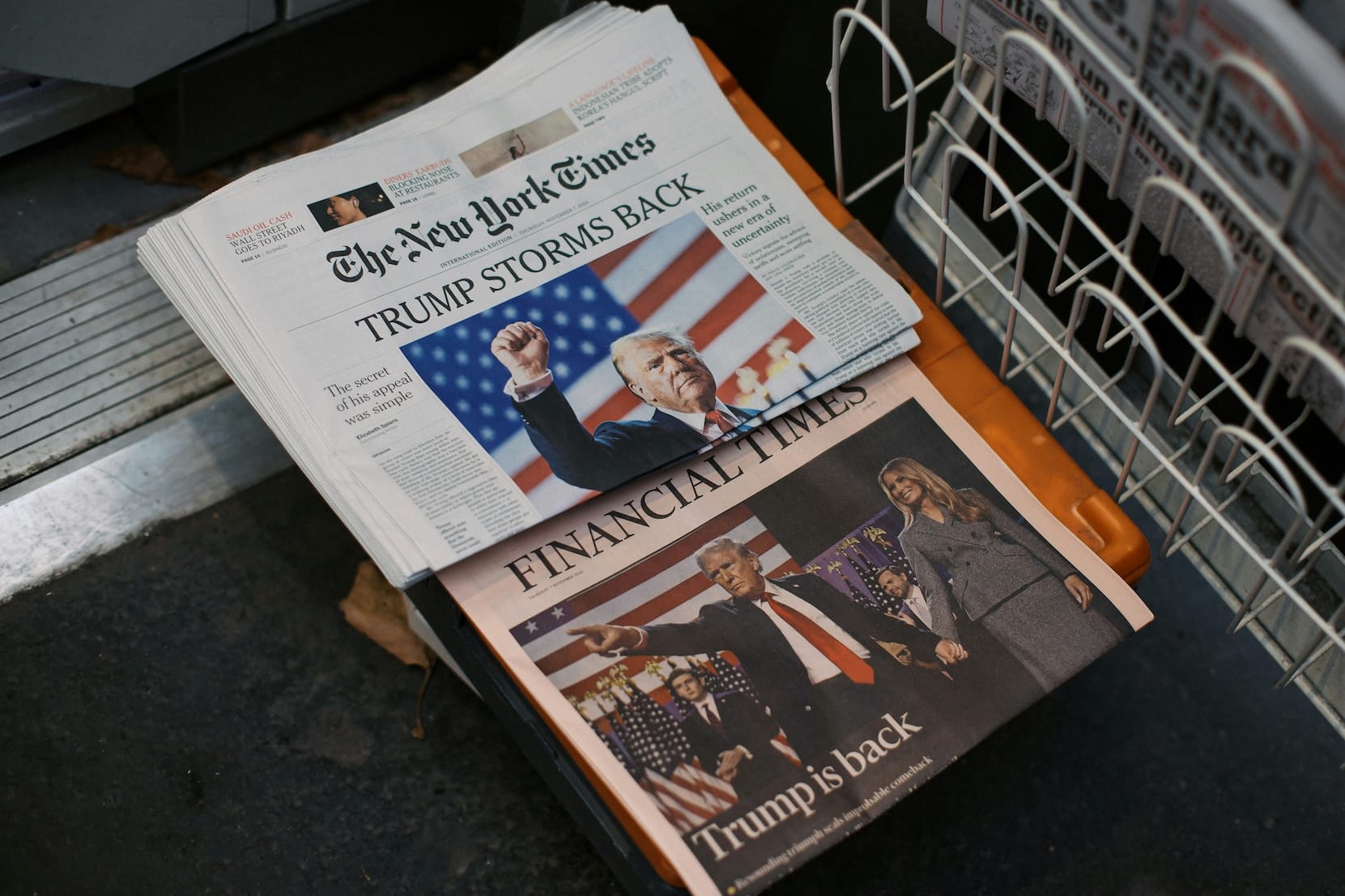
Politics is about facts, so why lead with feeling?
Most audiences decide based on intuition and then go looking for facts that fit their new worldview.
That’s not an insult. It’s human nature.
Moral psychologist Jonathan Haidt calls it the “emotional dog” with a “rational tail”. We make quick, gut‑level judgments followed by post‑hoc reasoning.
Decades of research show we actively select arguments that support conclusions we already prefer. If your message doesn’t hit the heart, it rarely reaches the head.

Lessons from the past: slogans work
The Brexit campaign’s “Take Back Control” slogan encapsulated a feeling in three words, offering autonomy, pride and agency.
It steamrolled Remain’s spreadsheet‑heavy warnings.
Many communications strategists disliked the outcome. But we can all still learn from the craft.
In the US, “Make America Great Again” wraps nostalgia, grievance and promise into four plain words.
Studies of Trump’s rhetoric show an intentional emotional arc:
- Evoke threat and humiliation,
- Redirect anger at named foes,
- Resolve with pride and safety under the leader.
Weak communications strategies explain the evidence, and then call for action.
The trouble is, by the time the facts land, the other side’s emotional frame is already set.
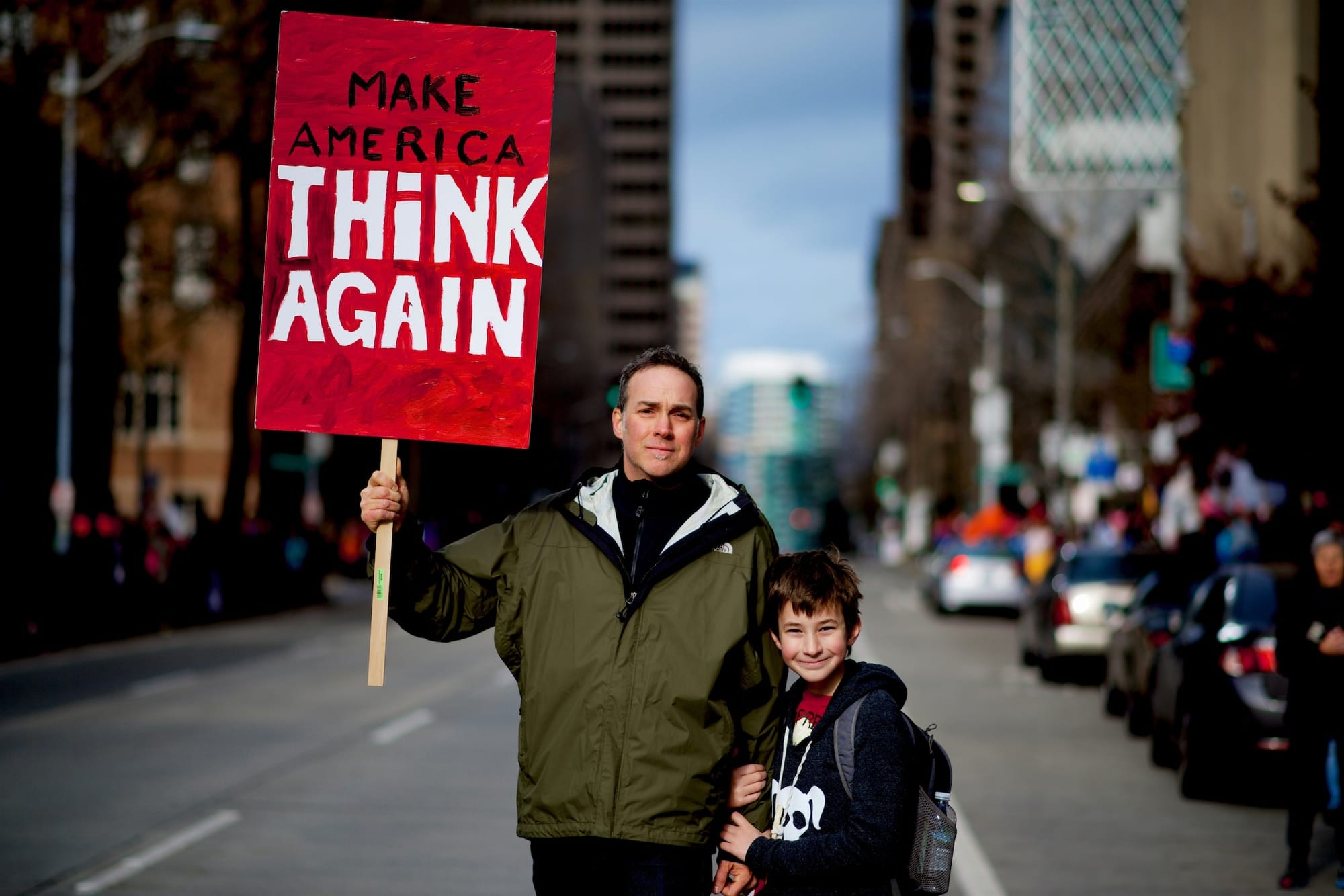
So, what exactly should communications experts borrow from the President's communication style?
And, how can they use it to share messages of hope that work?
Below are rhetorical devices from his inaugural address but flipped to show how they could work just as effectively to make almost the opposite point.
Keep the background music, just change the lyrics.
Eight lessons to take from Trump’s 2025 Inaugural
1) Prophecy + gratitude in the first breath
After a brief thank you, outline a future worth fighting for. It sets the tone and direction before your first paragraph is done.
What Trump said:
“The golden age of America begins right now.”
How you can adapt it:
“From today, we begin a decade of warmer homes, safer streets, lower bills."
2) Anaphora (i.e. repetition) to build rhythm and lift
Anaphora is the repetition of the same opening words in successive phrases or sentences. It’s one of the simplest ways to give a speech momentum — building rhythm, expectation, and a sense of unity. It also gives the audience something they can join in with. (If you're going to use it, always keep each clause concrete).
What Trump said:
“Our sovereignty will be reclaimed. Our safety will be restored. Our scales of justice will be rebalanced.”
How you can adapt it:
“Our hospitals will be staffed. Our bills will be capped. Our homes will be warm.”
3) Tricolon for rhythm (the rule of three)
Three beats always feel complete and memorable. Each one adds weight without overwhelming the listener.
What Trump said:
“Proud, prosperous, and free.”
How you can adapt it:
“Warm homes. Safe streets. Equality for all.”
4) Antithesis to sharpen the choice
By using contrasting opposites, you force the audience to pick a side in a simple, memorable frame.
What Trump said:
“We will measure our success not only by the battles we win but also by the wars that we end…”
How you can adapt it:
“Not higher bills, warmer homes”, “Instead of postcode lotteries, we'll have equal access to care” or “Let's stop importing gas. Let's start to focus on home-grown power".
5) Clocks and counters for credibility
Specific timelines and numbers turn vague promises into tangible, checkable commitments.
What Trump said:
“Today, I will sign… First, I will declare… Next, I will direct…”
How you can adapt it:
“Today, we open the Warm Homes Fund. First, we cut standing charges. Next, we hire 10,000 engineers. Within 100 days, 1 million homes insulated.”
6) Coalition roll-call to broaden reach
Naming diverse groups signals inclusion and reminds each one they’re part of your plan.
What Trump said:
“...for citizens of every race, religion, colour, and creed… young and old… urban, suburban, rural.”
How you can adapt it:
“Builders, carers, renters, farmers, this plan funds your skills, your surgeries, your homes, your communities.”
7) Moonshot + map to make ambition believable
Big goals inspire. A clear route to delivery makes them credible.
What Trump said:
“launching American astronauts to plant the Stars and Stripes on the planet Mars.”
How you can adapt it:
“The cleanest power in Europe by 2030, financed by green bonds, built by local firms, audited quarterly.”
8) Place-name cadence for belonging
Listing recognisable locations creates connections across geography and backgrounds.
What Trump said:
“From New York to Los Angeles, from Philadelphia to Phoenix, from Chicago to Miami…”
How you can adapt it:
“From Merthyr to Manchester, from Cork to Coleraine, nobody will be left behind.”
Copy this: The structure of any great speech
Trump’s inaugural followed a repeatable spine:
- Gratitude → prophecy
- Crisis naming in plain language
- Antithesis (past failure vs. future action)
- Day-one orders with timelines
- Coalition roll-call
- Moonshot to lift emotion
- Closing anaphora + chantable end-line
All communicators can map their own priorities, such as climate action or public services, onto that structure.
Remember to keep the emotional hook up front and the evidence close behind.
Why we care about speechwriting in communications strategy
Over the years, we’ve helped senior government figures and CEOs across Europe find the right balance between emotional connection and factual persuasion.
We’ve seen this challenge from the inside, whether that's a speech delivered online, on factory floors, or at global summits.
The lesson from Trump’s inaugural isn’t to copy his message. It’s to respect the mechanics of how people listen, decide, and remember.
Build the emotional bridge first. Deliver the data that supports your case second.
